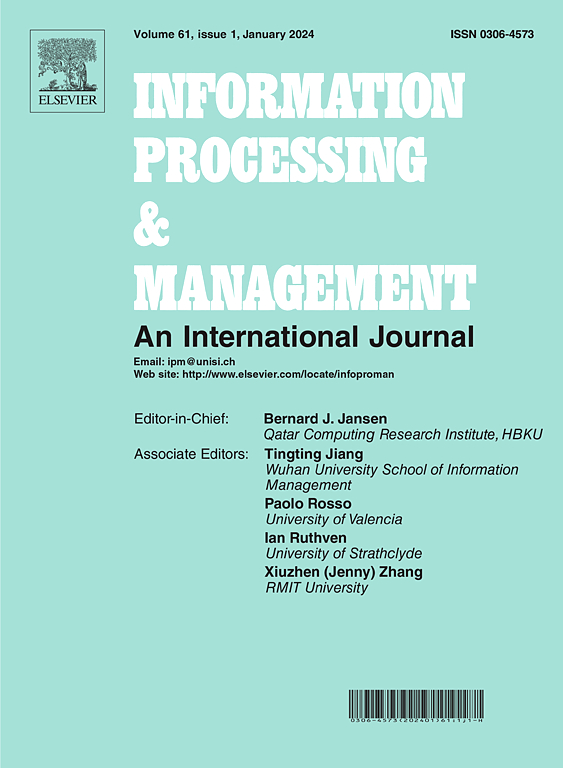Grouped top-down reasoning with hierarchical window transformer for visual grounding
IF 6.9
1区 管理学
Q1 COMPUTER SCIENCE, INFORMATION SYSTEMS
引用次数: 0
Abstract
Visual grounding, which localizes objects in images based on natural language descriptions, requires effective processing of multi-scale visual inputs to capture both fine-grained details and global context for complex and diverse scenes. However, existing transformer-based methods face significant challenges when handling such inputs, including computational complexity that scales quadratically with spatial dimensions and difficulties in effectively aligning cross-scale information. To address these limitations, we propose Grouped Top-Down Reasoning with Hierarchical Window Transformer (GTD-HWT) with two key innovations: (1) a multi-scale input reconstruction strategy that partitions and reconstructs multi-scale inputs into hierarchically structured shorter sequences, effectively preserving both coarse and fine-grained information while reducing computational costs, and (2) a dual multi-head attention mechanism that enables semantic reasoning through parallel inter-window attention for coarse-grained understanding and subsequent intra-window attention for fine-grained refinement guided by coarse-grained priors. Extensive experiments on RefCOCO, RefCOCO+, and RefCOCOg benchmarks demonstrate that our method achieves significant improvements over state-of-the-art approaches in both referring expression comprehension and segmentation tasks.
分组自顶向下推理与分层窗口变压器视觉接地
视觉基础是基于自然语言描述对图像中的物体进行定位,它需要对多尺度视觉输入进行有效处理,以捕获复杂多样场景的细粒度细节和全局背景。然而,现有的基于变压器的方法在处理这些输入时面临着巨大的挑战,包括计算复杂性与空间维度的二次缩放以及有效对齐跨尺度信息的困难。为了解决这些限制,我们提出了基于分层窗口转换器的自顶向下分组推理(GTD-HWT),并进行了两个关键创新:(1)一种多尺度输入重构策略,该策略将多尺度输入划分并重构为层次结构较短的序列,有效地保留了粗粒度和细粒度信息,同时降低了计算成本;(2)一种双多头注意机制,通过并行的窗口间注意进行粗粒度理解,然后在粗粒度先验的指导下进行窗口内注意进行细粒度细化,从而实现语义推理。在RefCOCO、RefCOCO+和RefCOCO基准测试上的大量实验表明,我们的方法在引用表达式理解和分词任务方面都比最先进的方法有了显著的改进。
本文章由计算机程序翻译,如有差异,请以英文原文为准。
求助全文
约1分钟内获得全文
求助全文
来源期刊

Information Processing & Management
工程技术-计算机:信息系统
CiteScore
17.00
自引率
11.60%
发文量
276
审稿时长
39 days
期刊介绍:
Information Processing and Management is dedicated to publishing cutting-edge original research at the convergence of computing and information science. Our scope encompasses theory, methods, and applications across various domains, including advertising, business, health, information science, information technology marketing, and social computing.
We aim to cater to the interests of both primary researchers and practitioners by offering an effective platform for the timely dissemination of advanced and topical issues in this interdisciplinary field. The journal places particular emphasis on original research articles, research survey articles, research method articles, and articles addressing critical applications of research. Join us in advancing knowledge and innovation at the intersection of computing and information science.
 求助内容:
求助内容: 应助结果提醒方式:
应助结果提醒方式:


